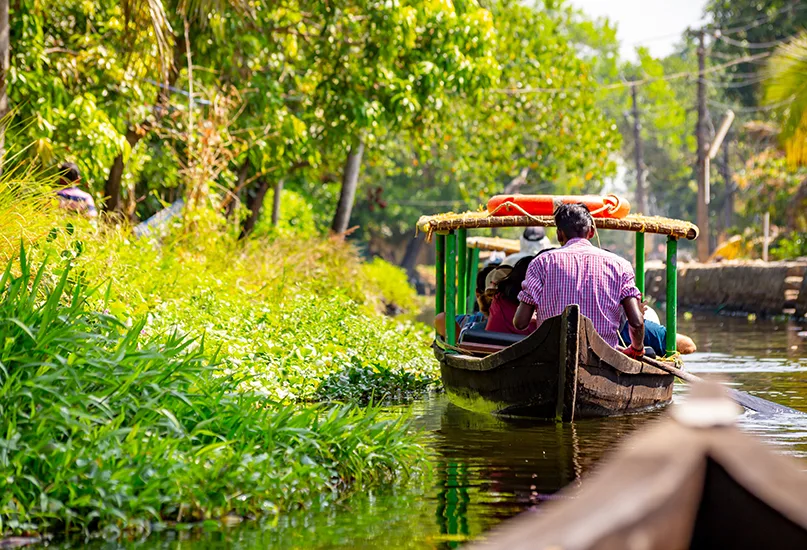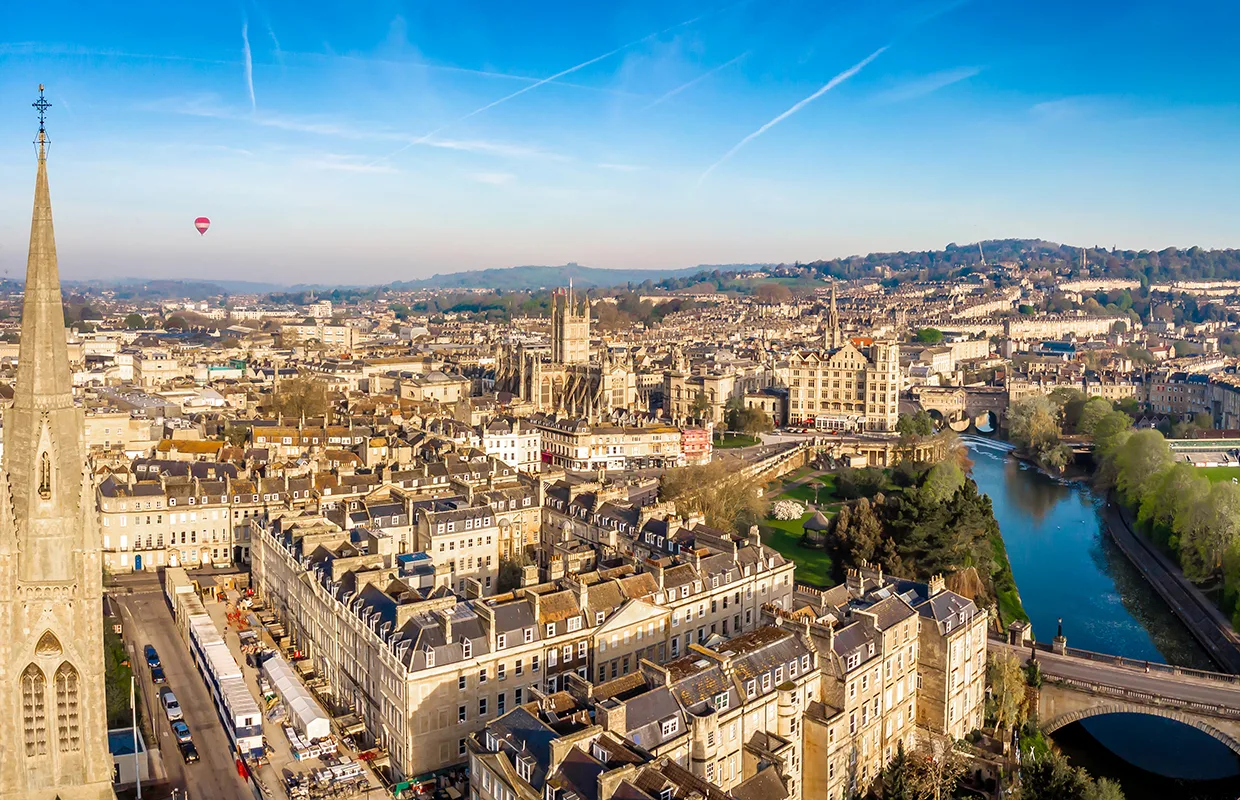Countless destinations across the globe have served as inspiration for critically acclaimed and timeless pieces of literature. We crack open our favourite books, put on our reading glasses, and explore the world through the endless expanse of the written word.
PRIDE AND PREJUDICE
WHERE: Bath, England
“You have bewitched me, body and soul,” were the famous words Mr Darcy romanced both Elizabeth Bennet and the audience with over 200 years ago. Not only does this phrase still soften hearts today, but it also elegantly illustrates the city that inspired much of the novel – Bath, England.
Having lived there for a period of five years, Jane Austen was intimately familiar with the beautiful dichotomy of the landscape, which still to this day offers both bustling urban life and long, rolling hills of green to escape for a walk or admit your everlasting and forbidden devotion. Bath’s society may have changed since Austen got the inspiration for her internationally beloved novel, but the city still holds the same charm and appeal as it once did when the likes of Mr Darcy broodily strolled the lanes.
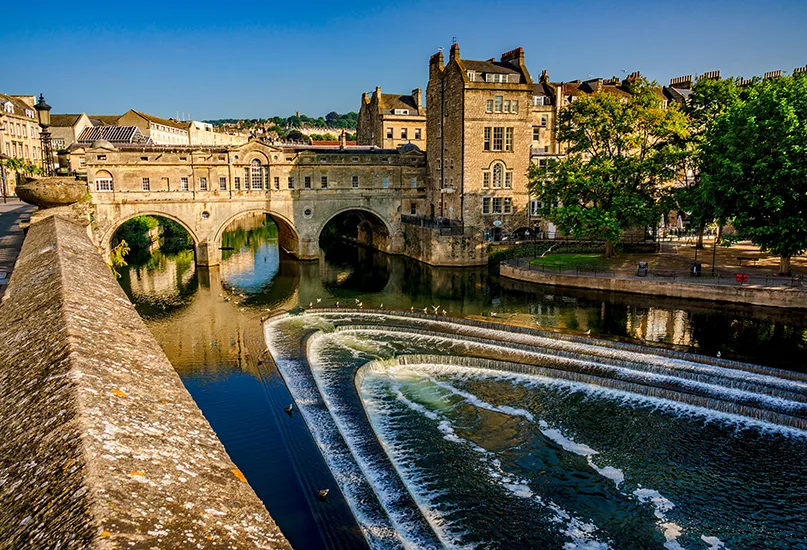
DRACULA
WHERE: Transylvania, Romania
There is arguably no icon as infamous, as internationally feared, as enshrined in centuries of lore as that of Count Dracula. Penned by Irish novelist Bram Stoker in 1897, the novel and titular, blood-sucking character are deeply rooted in the mysterious landscape of Transylvania, Romania.
As the homeland of Dracula, the region is equally as enchanting and timeless as the legend it harbours. Dotted with towering medieval castles, endless forests, and villages that whisper of a bygone era, visiting the landscape that inspired Stoker is a must for classic Gothic horror lovers. Whilst you may not find vampires lurking in shadowy castles, Transylvania offers scenic beauty and a rich culture of folklore that make it evident why a story like Dracula transcends the boundaries of time and continues to inspire today.

A STREETCAR NAMED DESIRE
WHERE: New Orleans, Louisiana
Named by French colonists in 1718, New Orleans, Louisiana, is a cultural hub that is just as uniquely diverse today as it was three centuries ago. As one of the oldest and most established parts of the area, the French Quarter is the heartbeat of the city and the setting of Tennessee Williams’ renowned 1947 play, A Streetcar Named Desire.
When protagonist Blanche DuBois arrives in New Orleans, the spirit of the French Quarter is almost overwhelmingly abundant in every sense. The decaying colonial architecture, the tinny piano wailing the blues, and the bustle of city life all merge to paint a picture of the city that reverberates through the audience’s bones.
Having moved to New Orleans in his late 20s, Williams’ apartment directly overlooked the French Quarter, and this immersion has made the city all the more tantalising for those looking to visit.
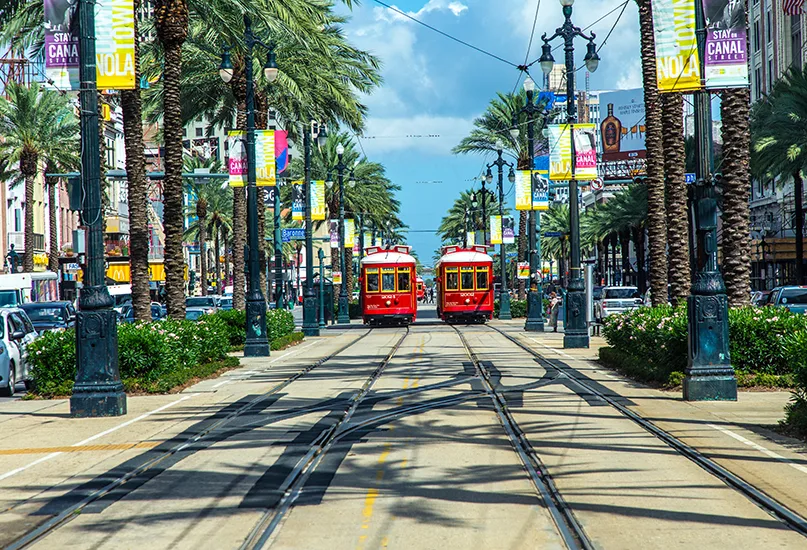
THE GREAT GATSBY
WHERE: New York City, New York
“And so we beat on, boats against the current, borne back ceaselessly into the past” will live on as one of the most famous concluding lines in any novel. Even just reading the words evokes the decadent and hedonistic lifestyle of New York City right before The Great Depression – a lifestyle F. Scott Fitzgerald expertly depicts in his 1925 novel The Great Gatsby.
Scott and his wife Zelda’s antics whilst they resided in one of the most popular American cities are infamous, and can be directly seen in the actions and wild choices the characters of the novel engage in.
1920s New York City was a glittering den of elite socialites known for extravagance and excess. Through The Great Gatsby, Fitzgerald was able to take a scalpel to this lifestyle and truly examine the human condition and alluring yet hollow nature of the American Dream, adding to the effervescent charm of the city that persists for modern visitors.

THE OLD MAN AND THE SEA
WHERE: Cojímar, Cuba
Cuba served as author Ernest Hemingway’s muse throughout his illustrious writing career. It was the island of Cojímar that became his adopted home, directly inspiring one of his most famous works, the 1952 novella The Old Man and the Sea.
In 1934, Hemingway bought his own fishing boat, named Pilar, and set sail across the surrounding waters of the country with his first mate, whom many have claimed is the immediate inspiration for the novella’s protagonist Santiago. The character’s fight against the monstrous marlin is a testament to human resilience and the infinite power of the natural world.
The work expertly combines Hemingway’s passion for the island and its timeless appeal, along with his zeal for big-game fishing, which Cuba boasts in abundance.
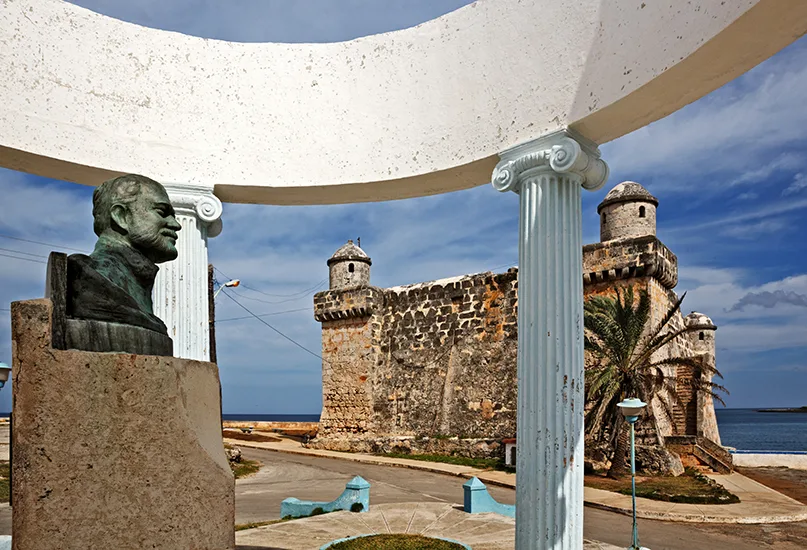
THE ADVENTURES OF TOM SAWYER
WHERE: Hannibal, Missouri
Just a small blip on the edge of the Mississippi River, Hannibal, Missouri, may not seem like a place of notoriety; however, this unassuming city is the childhood home of Mark Twain.
Its small-town atmosphere influenced Twain’s The Adventures of Tom Sawyer and birthed some of the most recognisable characters in American literature. St Petersburg – the fictional town in the story – is an idyllic environment that embodies the positive aspects of 19th-century life and serves as a reflection of Twain’s boyhood along the Mississippi River.
Today, the city is proudly referred to as America’s Hometown. In addition to having tourist sights highlighting Twain and the novel, it also possesses the unspoilt country charm that has made it so appealing throughout the centuries.

THE GOD OF SMALL THINGS
WHERE: Kerala, India
The award-winning 1997 debut novel of Arundhati Roy, The God of Small Things, follows a set of twins growing up in India in the 1960s, exploring the lasting impact of casteism and British Colonialism in the country.
The novel, which has since become a staple in postcolonial literature, is set in Kerala, a lush state in Southern India, well-known for its backwaters and verdant ecosystem. Roy has stated that the work is semi-autobiographical and garnered inspiration from her own upbringing in the village of Aymanam in Kerala.
The natural beauty of the landscape plays an integral role in the work, as the palm-lined beaches and network of canals set the stage for the life-changing events of the novel, and are just as intriguing to experience in real life.
